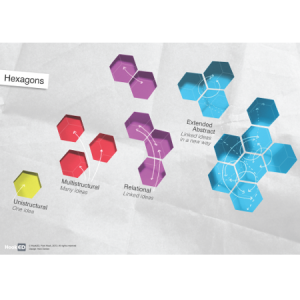Introducing a school community to SOLO Taxonomy (Biggs and Collis 1982) is a little like squeezing yourself into a Captain Kirk onesie and imagining yourself standing on the deck of the Enterprise.
“Space, the final frontier. These are the voyages of the starship Enterprise. Its five year mission: to explore strange new worlds; to seek out life and new civilizations; to boldly go where no man has gone before.” Captain Kirk of “Star Trek”
You have to introduce a complex idea in a few sentences – the experience must be simple enough to be remembered and yet quirky enough to capture people’s attention.
When introducing SOLO you have to emphasise its robust simplicity – it is after all simply a way of classifying or categorising learning outcomes. However simplicity can be misrepresented as being of no consequence. So you also have to explain the power that this simple idea brings to students when they use SOLO to think about what they are doing – how well it is going – and what they should do next.
I like to do this by referring to Professor John Biggs research on constructive alignment and then to back this up with reference to the work of Professor Carol Dweck and Professor John Hattie
After this it helps to follow with an activity that demonstrates the different SOLO levels of learning outcome so that students, teachers, parents and the whānau can understand why working with SOLO as a model of learning makes you just a little excited.
I’ve used several different approaches over the years – including demonstrating how to skateboard Rodney Mullen style, defining “Aucklander” using a SOLO Define map (goes down well on The Mainland), and memorably – listening to Minor Swing – Django Reinhardt & Stéphane Grappelli.
My current favourite is a collaborative activity where participants work together using SOLO Hexagons. I change the content and context to suit the group I am working with.

SOLO Hexagons provides a quick demonstration of SOLO levels for “noobies” – showing that loose ideas (multistructural outcome) can be enhanced if you form links between them (relational outcome) and linked ideas can prompt an insight (extended abstract outcome). It is an experience not unlike brainstorming on steroids.
The following links will help you introduce SOLO through a SOLO Hexagons activity.
HookED SOLO Hexagons Poster – a Nick Denton Design
https://pamhook.com/wiki/SOLO_Hexagons
https://pamhook.com/solo-apps/hexagon-generator/





{ 1 trackback }